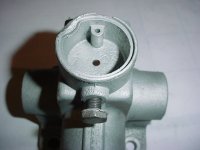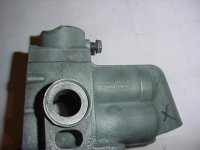19_again
Jedi Warrior
Offline
The Bentley book shows the filler on the front shocks as being on top, but my shocks only have a fill nut on the front, making it hard t=i fill when installed. They'res a pic on ebay expiring in 30 minutes that looks just like mine. Is that nut in front the actual filler location?

 Hi Guest!
Hi Guest!

 smilie in place of the real @
smilie in place of the real @
 Pretty Please - add it to our Events forum(s) and add to the calendar! >>
Pretty Please - add it to our Events forum(s) and add to the calendar! >> 

